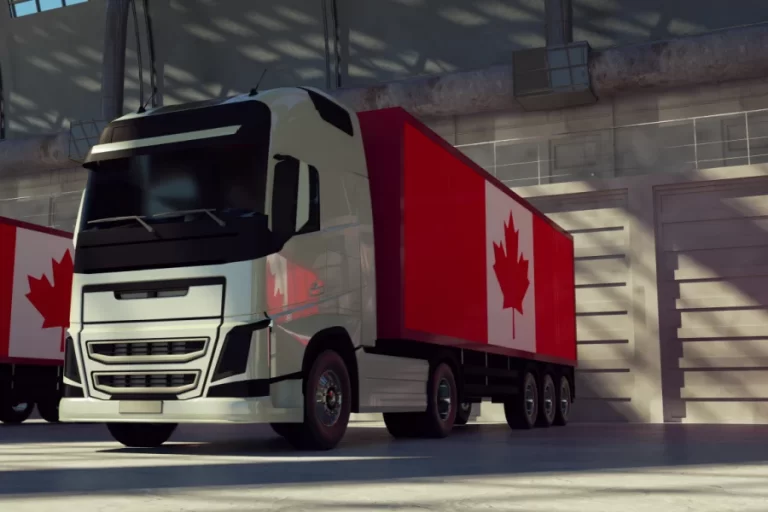Cross-docking in Manitoba is a logistics strategy that involves moving goods directly from inbound trucks to outbound trucks with little or no storage in between. This approach eliminates the need for warehousing and storage, reducing inventory costs and improving supply chain efficiency.
In a traditional supply chain, products are received at a warehouse and stored until they are needed. Then, they are picked, packed, and shipped to their final destination. This process can take days or even weeks, depending on the volume of goods and the complexity of the supply chain. Cross-docking, on the other hand, eliminates these steps and streamlines the process by allowing products to move directly from one truck to another.
By using cross-docking, businesses can improve their supply chain efficiency and reduce their operating costs. Here are some of the benefits of using this logistics strategy:
- Reduced Inventory Costs: Because cross-docking eliminates the need for warehousing and storage, businesses can significantly reduce their inventory costs. This is particularly beneficial for companies that deal with perishable goods or products that have a short shelf life.
- Improved Supply Chain Efficiency: Cross-docking allows businesses to move products quickly and efficiently from one location to another. This can reduce transit times and improve delivery times, making it easier for businesses to meet customer demand.
- Increased Capacity: By eliminating the need for storage, businesses can use their existing space more efficiently. This can help them to increase their capacity and handle larger volumes of goods.
- Reduced Labor Costs: With cross-docking, businesses can reduce the amount of labor needed to handle and store products. This can reduce labor costs and help businesses to become more profitable.
- Improved Customer Satisfaction: By improving delivery times and reducing transit times, businesses can improve their customer satisfaction.
Implementing cross-docking can be a complex process that requires careful planning and coordination. Here are some pointers to assist new businesses:
- Analyze the Supply Chain: Before implementing cross-docking, businesses need to analyze their supply chain to identify areas that can benefit from this logistics strategy. This will help them to determine the best locations for cross-docking and the types of products that can be moved using this method.
- Plan the Logistics: Once businesses have identified the areas that can benefit from cross-docking, they need to plan the logistics of the process. This includes determining the best routes for inbound and outbound trucks, identifying the best times to move products, and coordinating with suppliers and customers.
- Invest in Technology: Cross-docking requires advanced technology to track and manage products as they move through the supply chain. Businesses should invest in technology that can automate the process and provide real-time visibility into the movement of products.
- Train Staff: Implementing cross-docking requires training staff to handle and manage products efficiently. Businesses should invest in training programs that teach employees how to handle products, operate equipment, and manage inventory.
In conclusion, cross docking in Winnipeg is a logistics strategy that can help businesses to become more efficient and profitable. By eliminating the need for storage and reducing transit times, businesses can reduce their operating costs, improve customer satisfaction, and increase capacity. While implementing cross-docking can be complex, businesses that invest in this logistics strategy can reap significant benefits and gain a competitive advantage in their industry.
